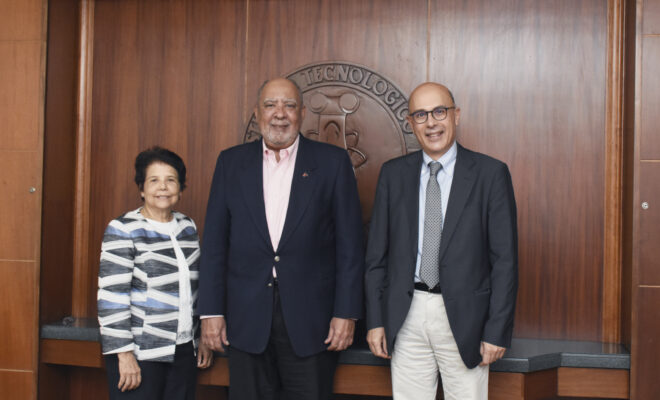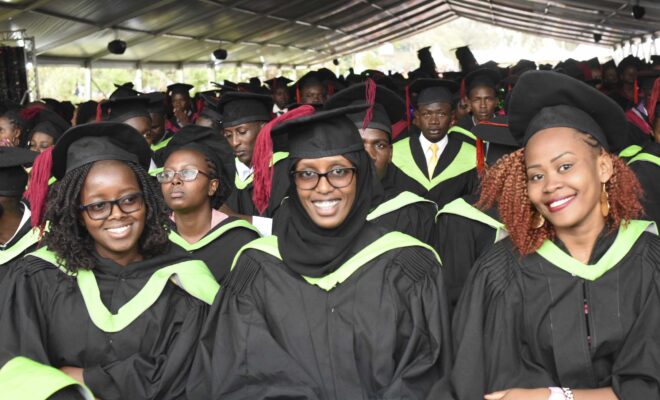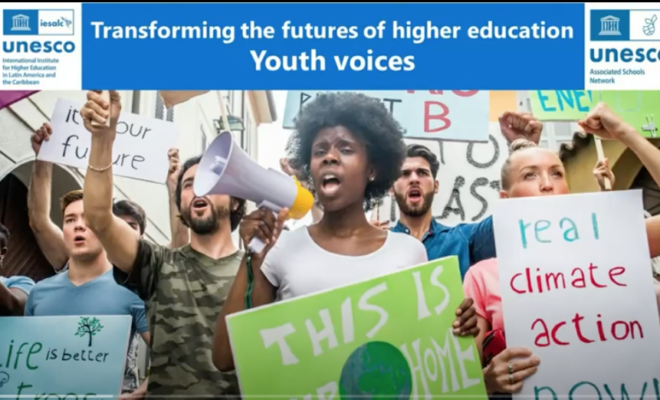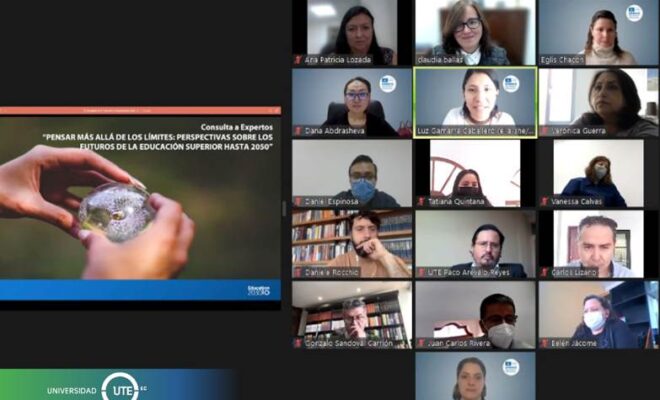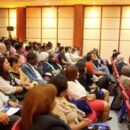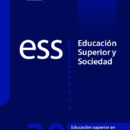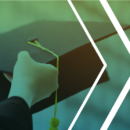The battle against inequity must begin in the family and in preschool education | Campus: Supplement on higher education

By Carlos Reyes | If higher education institutions commit themselves to educational equity and build strategies to reduce the gaps between students and the study centers themselves, they will be able to generate better opportunities for the most vulnerable students.
Francesc Pedró, director of the UNESCO International Institute for Higher Education in Latin America and the Caribbean (UNESCO IESALC), explains that it is a matter of attending to those who face a greater risk of dropping out or of failure.
In an interview with Campus, he maintains that those who reach higher education have had to overcome multiple filters and barriers that prevent them from arriving with the same conditions of opportunity.
From different points
Francesc Pedró is since 2019 director of the UNESCO International Institute for Higher Education in Latin America and the Caribbean (UNESCO IESALC).
From this position he has closely followed the problems of higher education in the region.
“The most important factor behind educational inequality is the student’s socio-economic and cultural background. We know from empirical research that this extraction, combined with cognitive characteristics and personality traits, explains approximately half of the variance in school outcomes,” he says.
“The other half is due to the uneven quality of learning processes and environments. Unfortunately, pupils with more difficult starting conditions often find themselves in poorer educational settings,” he says.
In this sense, Francesc Pedró, who headed the advisory service on educational policies and international comparative studies in the education sector at UNESCO, believes that evaluation mechanisms are a fundamental element.
“Assessment mechanisms are critical to diagnosis and, when they are properly applied and take into account the disparity of starting contexts, then they shed a lot of light on the causes of success and failure in school”.
“But if the diagnosis is not accompanied by a course of action, that is, by an educational intervention adjusted to the detected needs, then it comes to nothing,” he comments.
Greater involvement of HEI
Speaking of the way in which higher education institutions should contribute to reduce the gaps that foster educational inequality, he points out that these should be inserted into a dynamic that prioritizes access to education.
In this regard, Francesc Pedró, who worked at the OECD’s Centre for Educational Research and Innovation (CERI), stresses that UNESCO has worked in this direction for many years.
“At UNESCO we defend that access to higher education is a decline, without further ado, of the right to education, a public and social good that should be accessible to all people,” he says.
“Most students who gain access to higher education have overcome important economic, social and academic filters,” he says.
Francesc Pedró adds that, “Fortunately we increasingly have important compensatory policies and they bet on improving the participation rates of vulnerable groups.
“These policies range from direct funding for students, through scholarships and loans, to specific channels for access to higher education that can go as far as establishing quotas for groups that are unduly underrepresented in the classroom,” he explains.
“To this emphasis on access must be added another important effort to accompany the most vulnerable students to ensure that their success rates are equal to those of others, and not lower.
“These policies act on the survivors, that is, those young people who, despite having significant disadvantages that act as a burden, have managed to reach the doors of higher education”.
For this reason, he emphasizes that “the battle against inequality should begin, the sooner the better, in families and in preschool education, because it is there where the barriers are built or, on the contrary, where the opportunities for educational success are generated”.
Marked trajectories
Regarding the way in which the educational differences of this inequality are reflected in young people entering the higher level, Francesc Pedró, who was vice-rector of educational research and innovation at the Universitat Oberta of Catalonia, in Barcelona, points out that this difference is very marked.
“Beyond access, the reflection of inequalities is notorious in the different conditions with which students face educational processes,” he says.
“As has been clearly seen during the pandemic, the most vulnerable students not only have worse equipment and connectivity, but also greater difficulties in balancing the conditions of their social and economic environment with the demands of academic work.
“Some students have had to put academic endeavors aside in order to focus on contributing to family sustenance in a context of economic crisis or, in the case of many girls, have been captured by archaic patriarchal structures that have relegated them to the background,” he says.
At best, adds Francesc Pedró, “vulnerable students have had to struggle to find adequate study space at home.”
“We know that students with greater difficulties show greater problems in the self-regulation of learning, and this is also a result of poor schooling.
“Finally, it is also the most vulnerable students who have suffered the most from socio-emotional problems,” the official adds.
In this scenario, Francesc Pedró emphasizes that scholarships are an effective tool to achieve greater equity, but they are not the only alternative.
“To begin with, they must have been designed correctly to avoid problems such as student debt, which, in some countries, already seems impossible to pay.
“In this sense, we must think of formulas that reward the relationship between financial aid and future income. But along with financial mechanisms, higher education institutions that are committed to equity also generate more and better opportunities for the most vulnerable students and, consequently, for those most at risk of dropping out or failing,” he points out.
For Francesc Pedró, these opportunities range from tutoring to follow-up or acceleration courses.
This, “without forgetting the creation of learning communities in which the students themselves help each other.
“Evidence shows that to achieve educational success for all students it is essential to pay greater attention, and resources, to those who face greater risks.
“But it is also very important to develop tools that do not stigmatize students, but act as real levers for individual development,” he concludes.
Article in Campus: Supplement on higher education.
Translated from the original in Spanish: La batalla por la inequidad debe empezar en la familia y en la educación preescolar.
RELATED ITEMS
